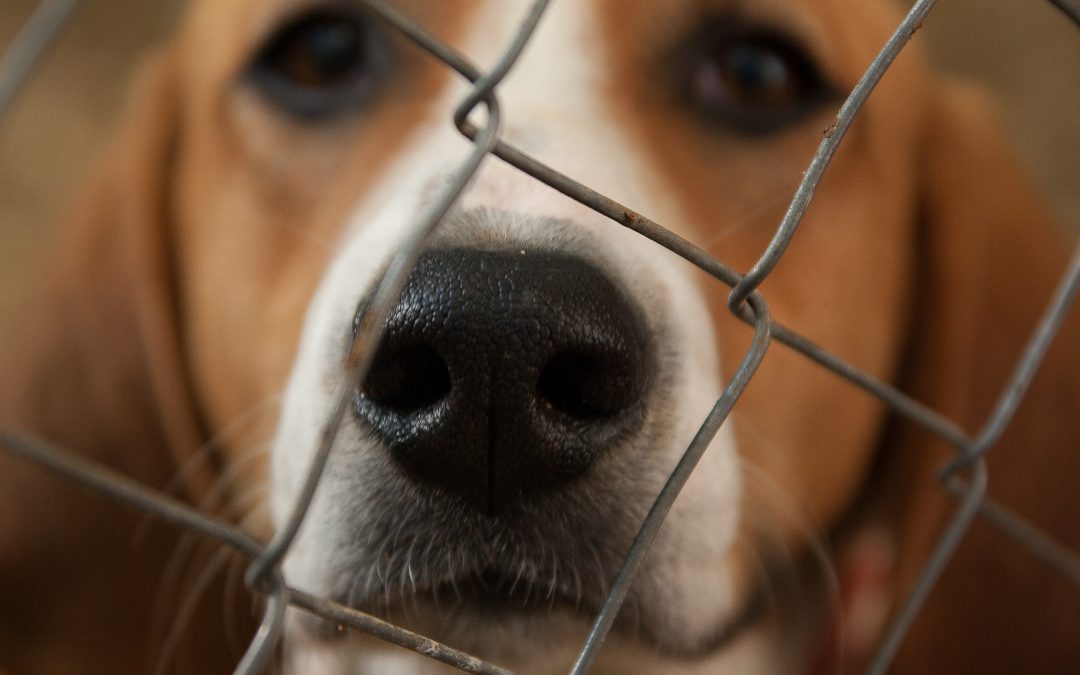Before going to the local animal shelter to adopt your new dog or puppy, make a list of what you want as far as physical and behavioral traits apply. Determine the type of dog that you have in mind.
Are you looking for a big dog or a small dog? A puppy or an adult one? A dog who is independent or one that always thrives for your attention? Show your list to the shelter staff who can help you find the dogs that meet your preferences.
When you have found a good candidate, learn everything you can about that dog. Below are some of the things that you can do to find out if he is indeed the right dog for you.
1. Spend some alone time with the dog in the shelter. How does he act around you? Is he shy, aggressive, quiet, or high-strung? Look him in the eyes and then have him look at you. Do you feel any kind of connection taking place? I believe that there is such thing as chemistry between man and animals, and that is what you are trying to find here.
2. Ask questions about the dog’s health. Find out the last time he was seen by the vet. Ask if he has any kind of sicknesses that you should be aware of, such as hip dysplasia or worms.
3. Find out as much as you can about his history. What brought him to the shelter? Was he abused or neglected in any way? Does he appear to display a behavioral problem as a result of the abuse or neglect?
4. If you have kids, find out if the dog gets along with them before you take him home. Have your kids go with you to the shelter and observe how they react to the dog and vice versa. If you do not have children now but are planning to have one, have another child go with you and observe how they behave towards one another.
5. Find out how the dog behaves toward different dogs and other animals. Ask a shelter staff to bring some animals next to the dog and observe how he interacts with them.
New Dog Supplies Checklist
Checking off the items on your new dog supplies list will be a little easier with these items.
- Towel/blanket
- Collar and harness
- Leash and collar
- ID tags with your contact information
- Dog or puppy food- You can use canned food or kibble for training and long-term healthy eating. For short-term feeding needs, try some dry food but avoid highly processed treats like biscuits and cheese. Some dogs may need more specific food options like gluten-free or low-carbohydrate foods.
- Food and water dishes
- Vet visit: vaccines, spaying or neutering procedures
- Dog toys and chews
Get Your New Dog Microchipped
It’s also a good idea to microchip your dog for several reasons. It can help you keep track of your pet in case they get lost. It also helps with identification in case your dog gets stolen.
The process of microchipping your dog is relatively simple and doesn’t require any injections. You can have it done at the vet or at the vet’s office, which is convenient for most people.
You should make sure you read through all the instructions before getting started on this procedure so that you know what to expect from the process and don’t cause any harm to your pet during this time.

